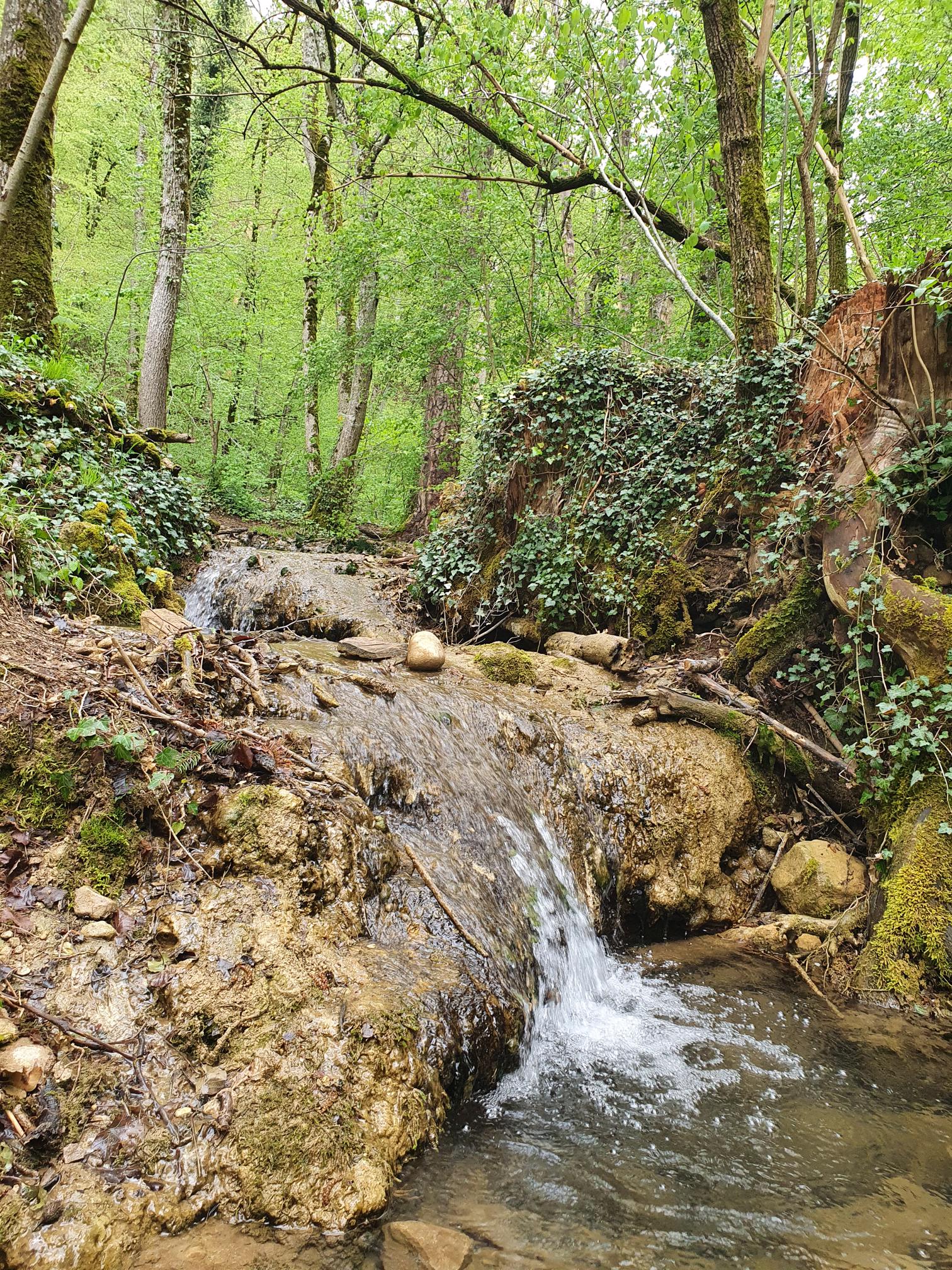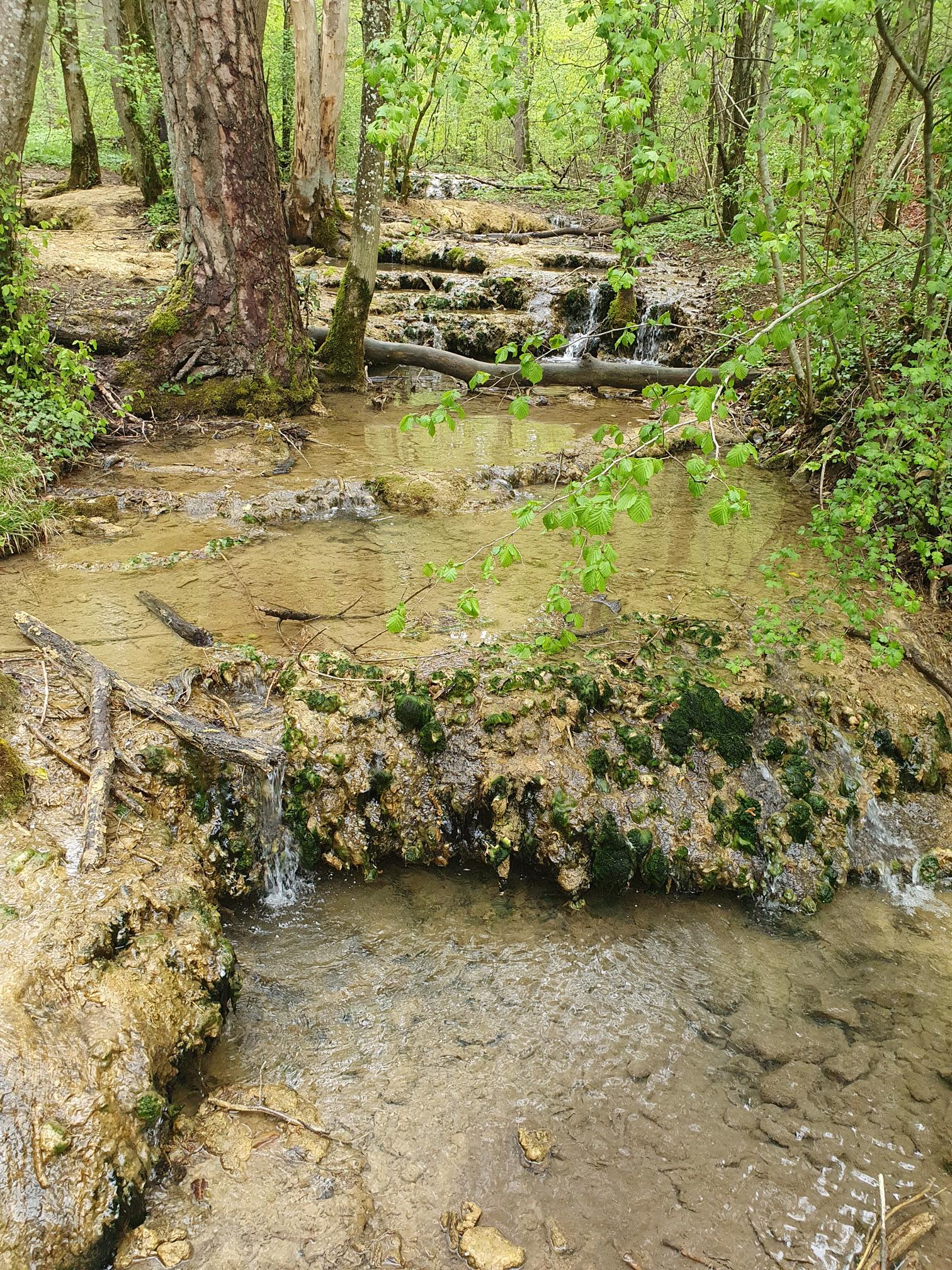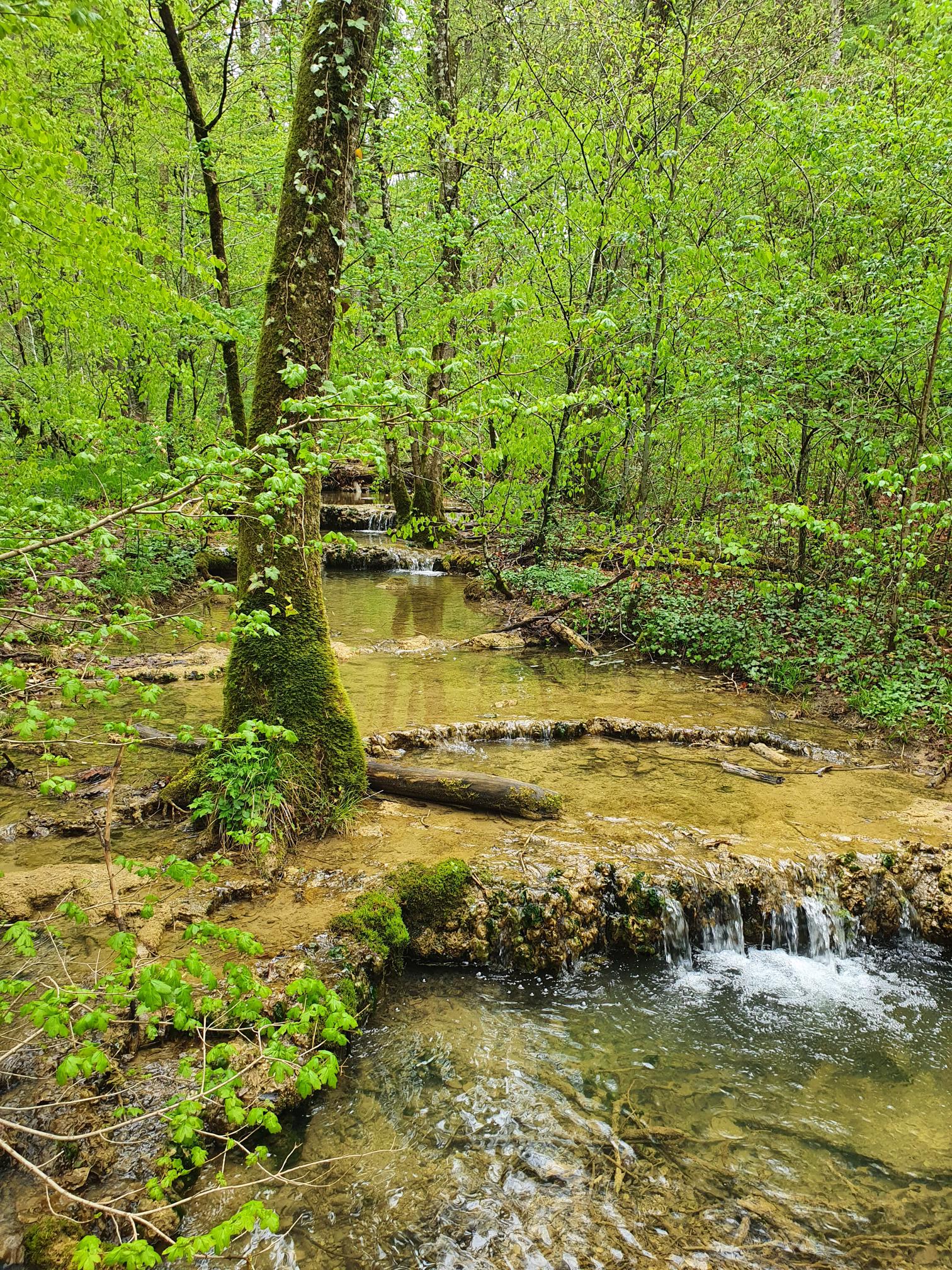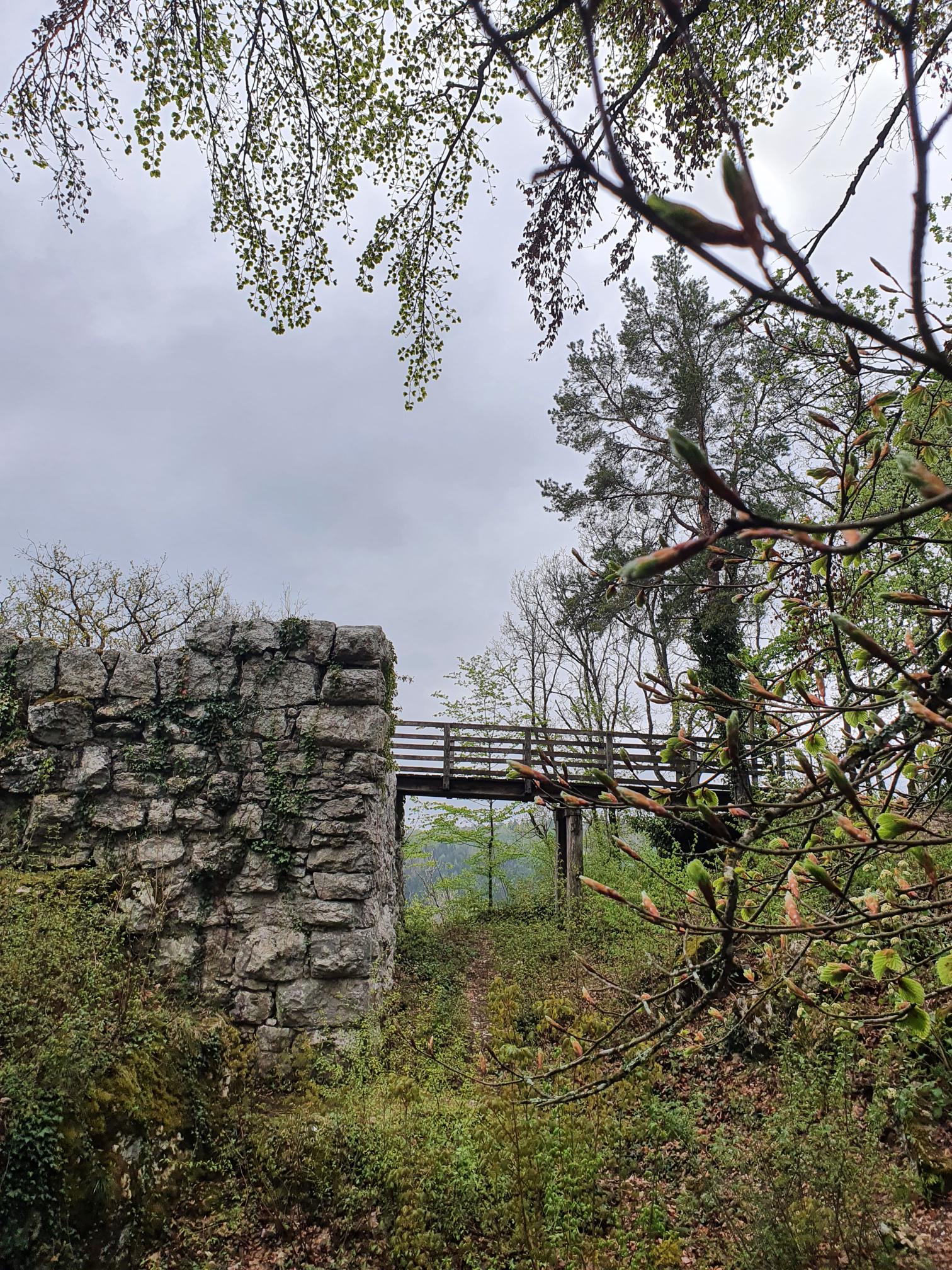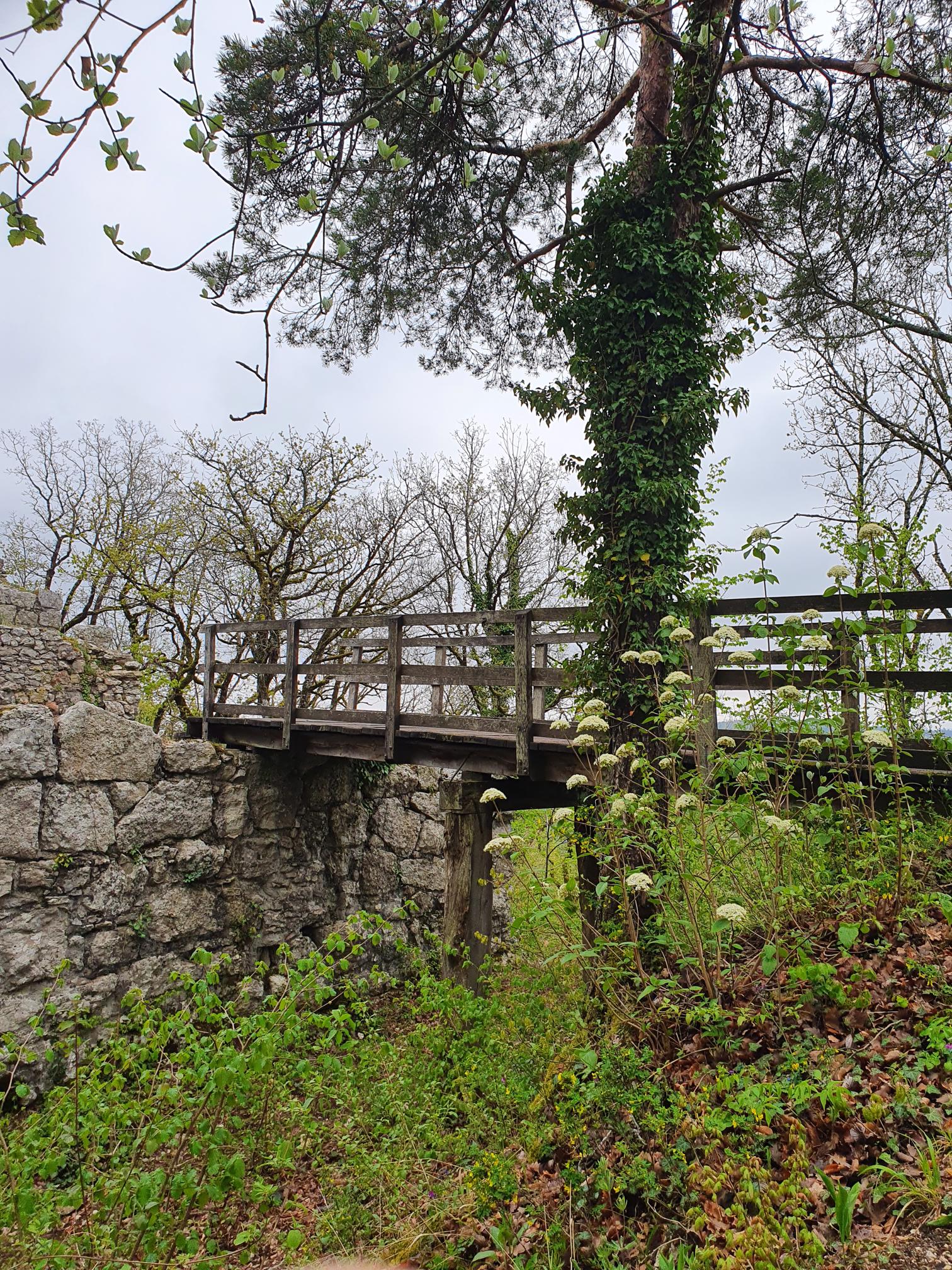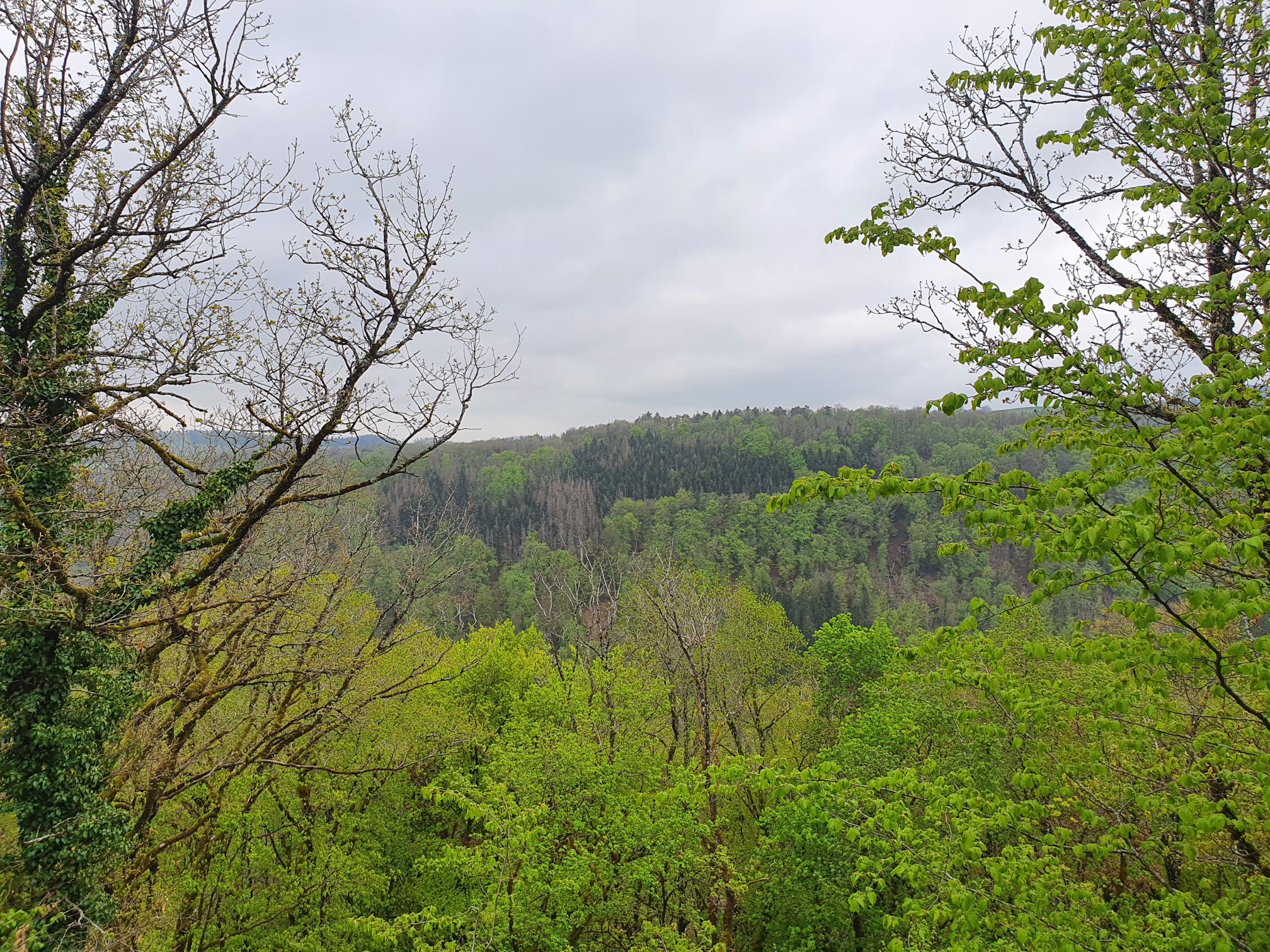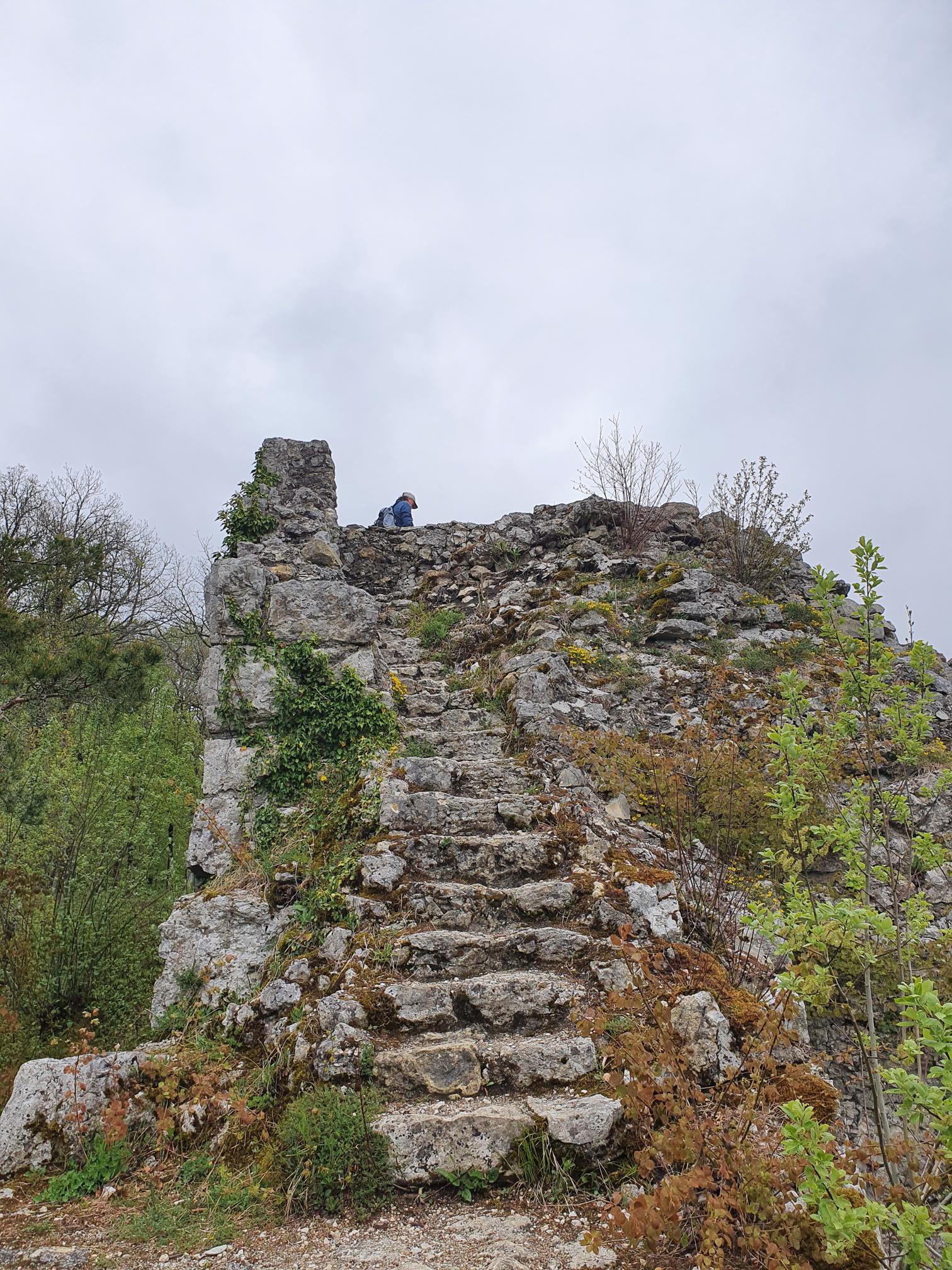The Lords of Radegg settled in Wangental on a rocky outcrop on the Rossberg. They knew how to position themselves strategically and their castle was in the perfect location, not only in terms of the view but also with the steep slopes on three sides. Not much is known about the walls, not even the reasons for its destruction are clear.
The legend of Kätterli
A robber baron was once the lord of Radegg. His wife died giving birth to the first girl after seven sons. The child was therefore given the name Kätterli. The knight was thrown completely off course after his wife's death. He lost his decency and all knightly virtue. From then on, looting and raids in the area were the order of the day. Even travelers through the Wangental were not spared. Kätterli cared for the prisoners in the dungeon and always cheered them up. An Italian nobleman promptly fell in love with her. When he had bought his freedom, he asked for Kätterli's hand in marriage. But she - pious as she was - felt obliged to the family and the prisoners. The nobleman gave the girl a blue-flowering rose bush to convince her. Kätterli planted the bush in the garden and went to it when he was sad or worried to forget.
The lords of the house became more and more mischievous and came under the protection of the warlords of Schaffhausen and the farmers of Osterfingen. On a harsh winter night, they set out together to burn down the castle. Kätterli also fell victim to the fire when the roof collapsed. Unfulfilled love still gives Kätterli no peace. On a clear night, lonely wanderers are said to see the lady sitting on the ruins, praying for the souls of her family and waiting for her release. If a young knight finds a blooming rose for Kätterli and brings it, she will be released.
Access
Hiking trails lead from Osterfingen in a steep climb directly to the ruins.



